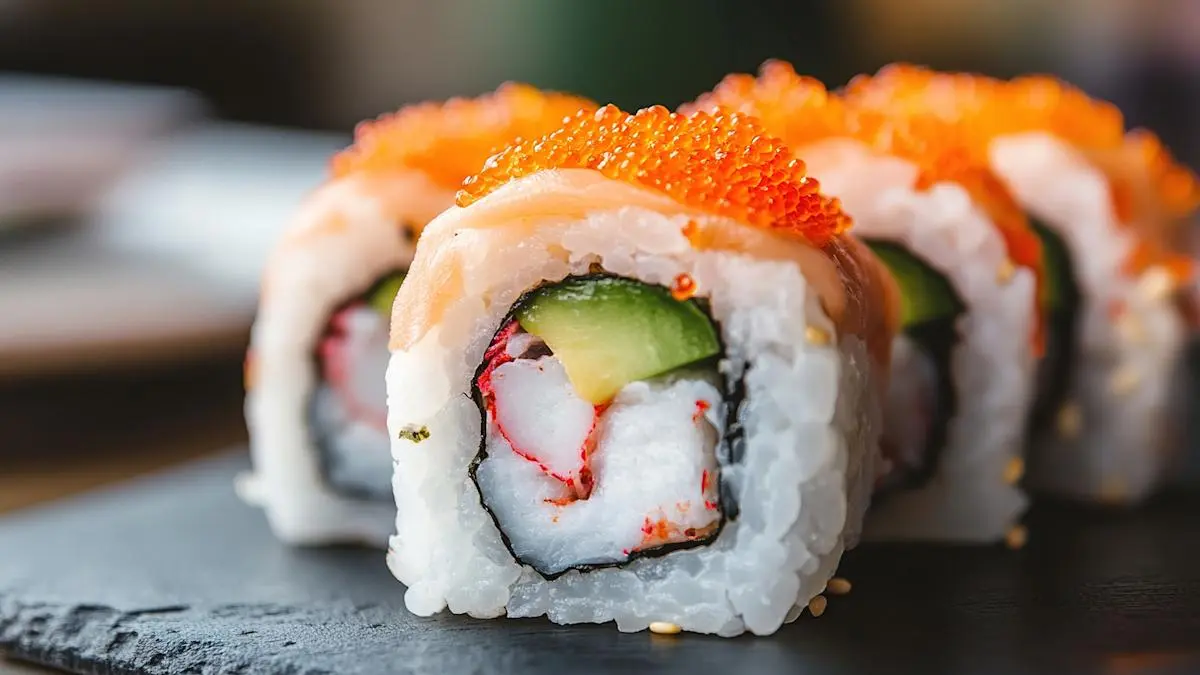The California Roll: Sushi Superstar with a Secret Past
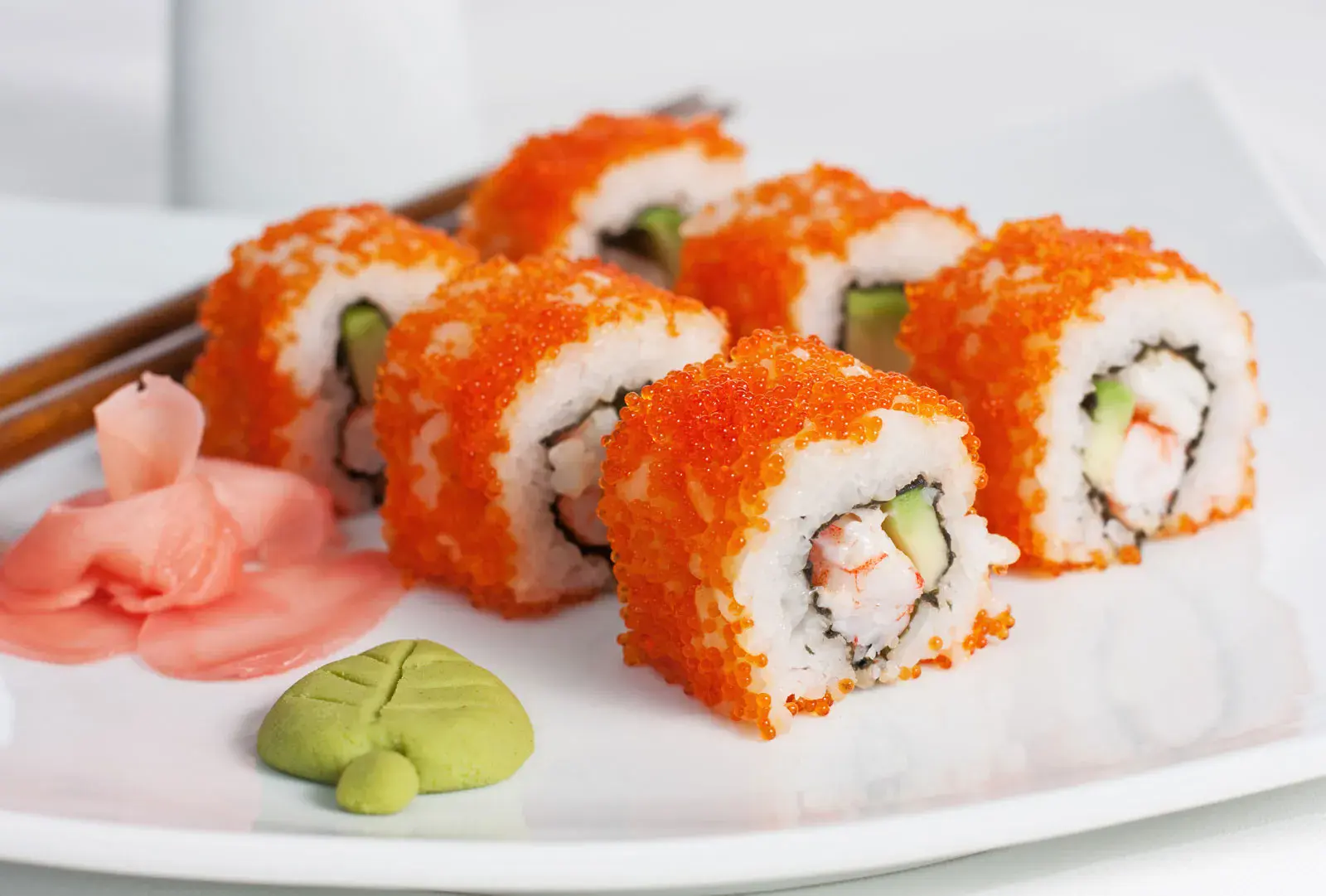
The California roll. Just the name conjures up images of casual dining, trendy restaurants, and maybe even your first hesitant foray into the world of sushi. This unassuming roll, with its cooked crab, creamy avocado, and inside-out rice, is arguably single-handedly responsible for launching sushi into the mainstream in North America and beyond. It’s a culinary phenomenon, yet the story of its creation is surprisingly shrouded in mystery, with competing claims and a delightful dose of food history intrigue.
From Niche Dish to Menu Mainstay: The California Roll Effect
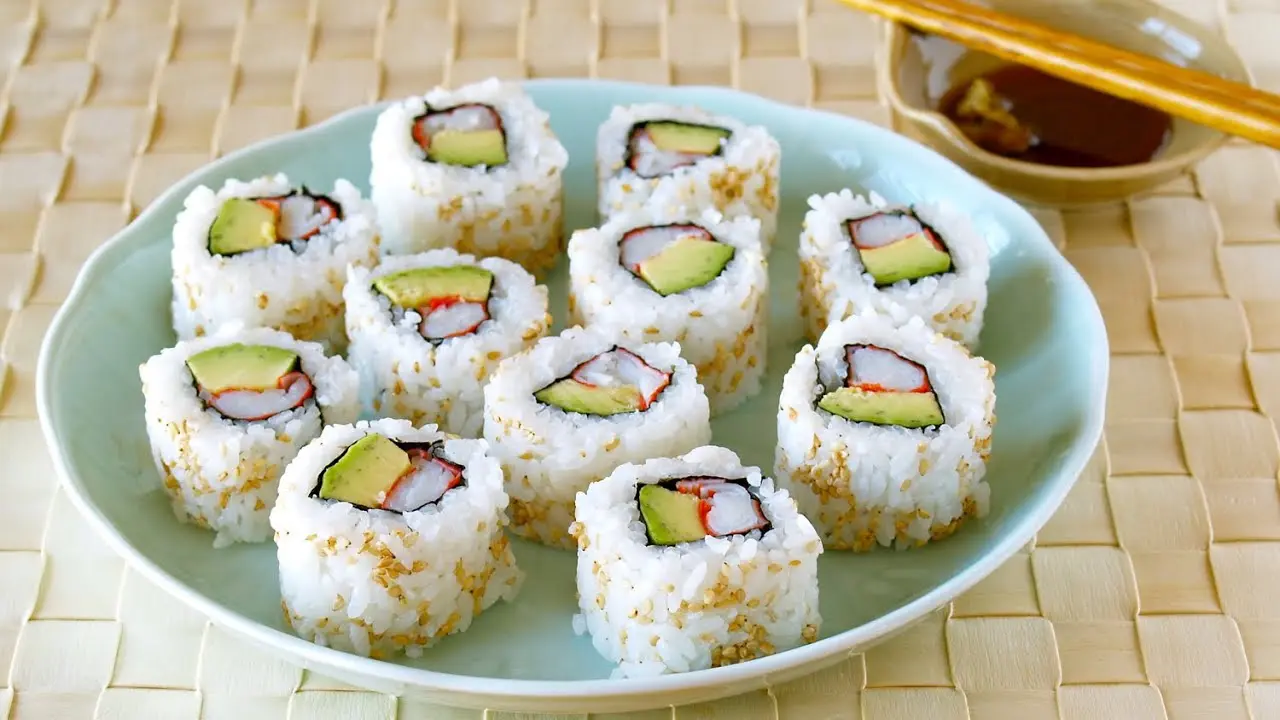
Before the California roll, sushi was largely considered an exotic and acquired taste in many parts of the Western world. Raw fish and unfamiliar textures were intimidating to many palates. The California roll, however, acted as a perfect gateway. By substituting cooked crab or imitation crab (Krab) for raw fish and incorporating the familiar flavors and textures of avocado and mayonnaise, it made sushi approachable and appealing to a broader audience. The inside-out presentation, with rice on the exterior, further softened the visual unfamiliarity. This gentle introduction paved the way for people to become more adventurous with sushi, eventually leading to a wider appreciation for more traditional nigiri and sashimi.
Whose Roll Is It Anyway? The Origin Mystery
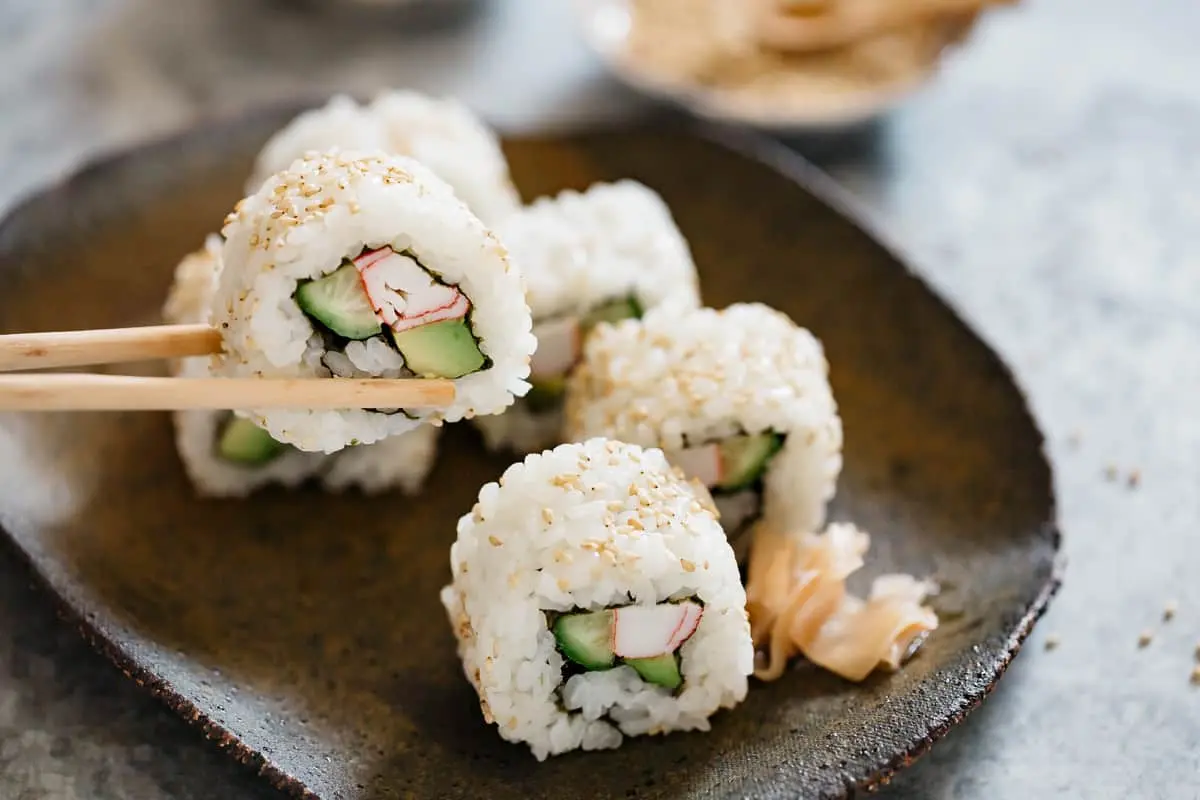
While its impact is undeniable, the precise origin of the California roll is a subject of debate, primarily between Los Angeles and Vancouver. One popular narrative points to a chef in Los Angeles in the 1960s or 70s, seeking to create a sushi roll more palatable to American tastes. Another strong claim emerges from Vancouver, with a chef at a restaurant in the early 1970s also credited with the invention, with similar motivations of appealing to a local clientele less accustomed to raw fish. Both stories feature the key elements of the California roll – cooked crab (or imitation crab), avocado as a butter substitute, and the inside-out style (uramaki) to conceal the seaweed. Definitive proof for either claim remains elusive, adding to the roll's intriguing backstory.
A Lasting Legacy: Love It or Loathe It
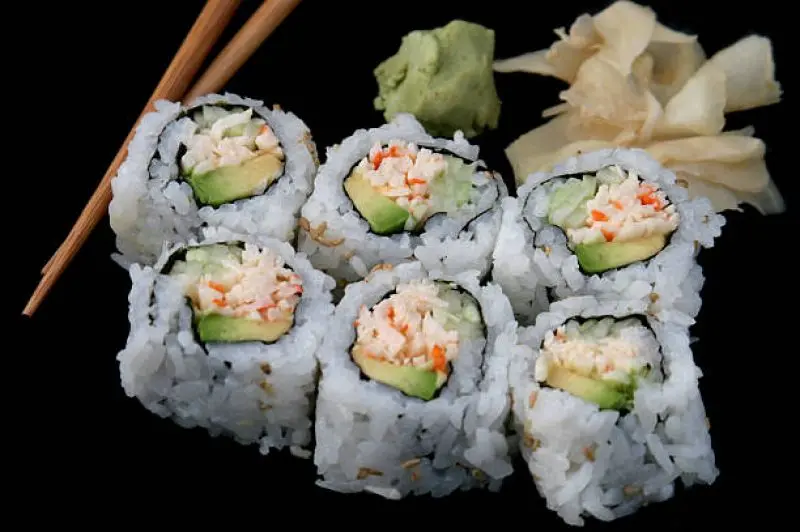
Regardless of its precise birthplace, the California roll's legacy is firmly cemented in culinary history. It undeniably democratized sushi, transforming it from a niche ethnic food into a global phenomenon. While some sushi purists might scoff at its non-traditional ingredients and simplified flavors, its role as a cultural bridge cannot be overstated. The California roll remains a staple on sushi menus worldwide, a testament to its enduring appeal and a constant reminder that sometimes, the most unexpected and humble creations can have the biggest impact on the culinary landscape.
Recommended

The Unexpected Reason Your Frosting Crystallized (And How To Fix It)
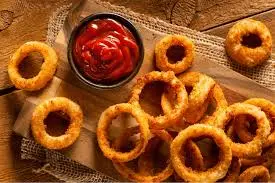
For Tastier Onion Rings, Reach For This Seasoning
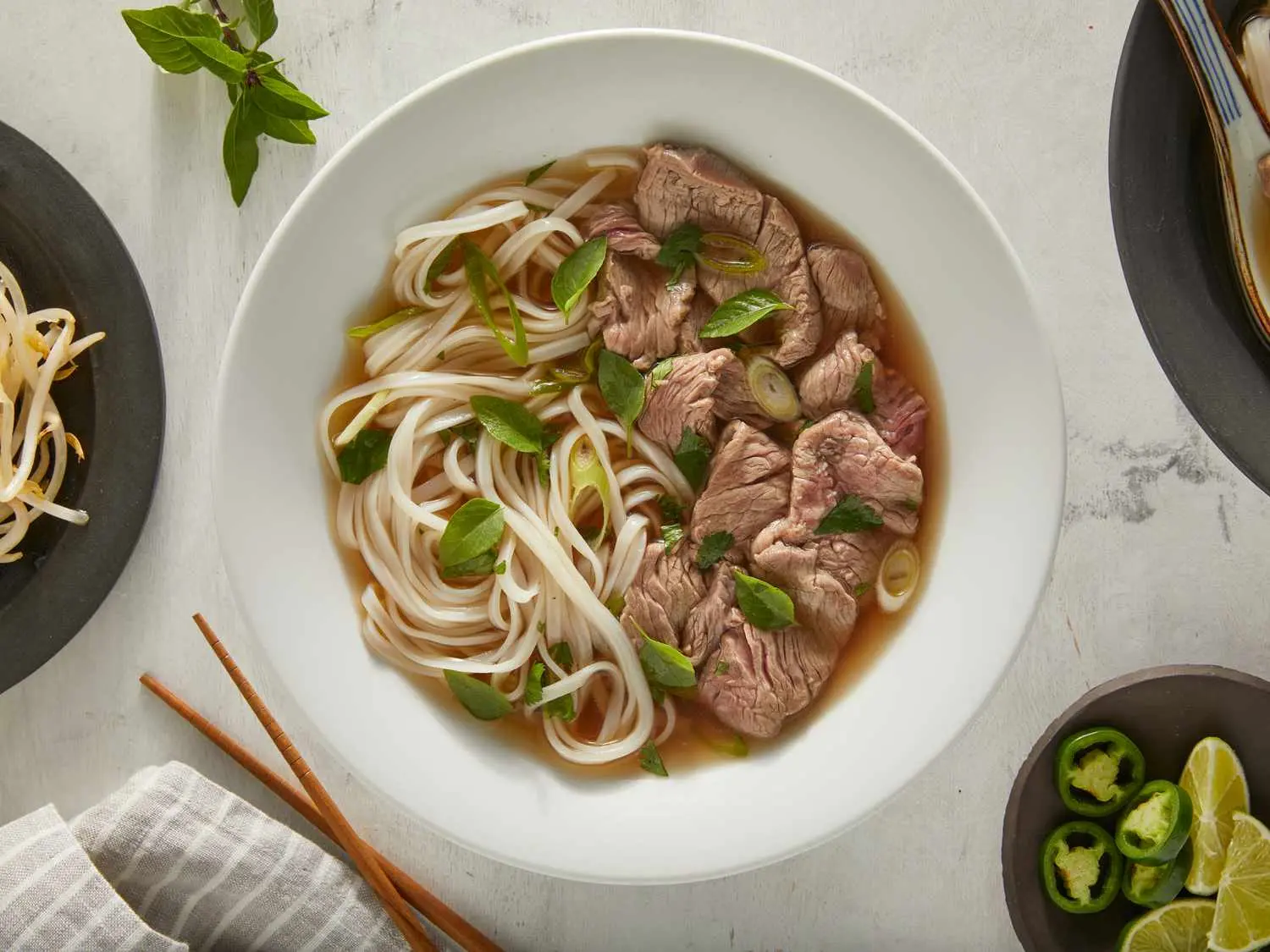
What The Color Of Your Pho Broth Reveals About Its Flavor And Quality

The Spicy Condiment That Works Surprisingly Well On Ice Cream
Next up

